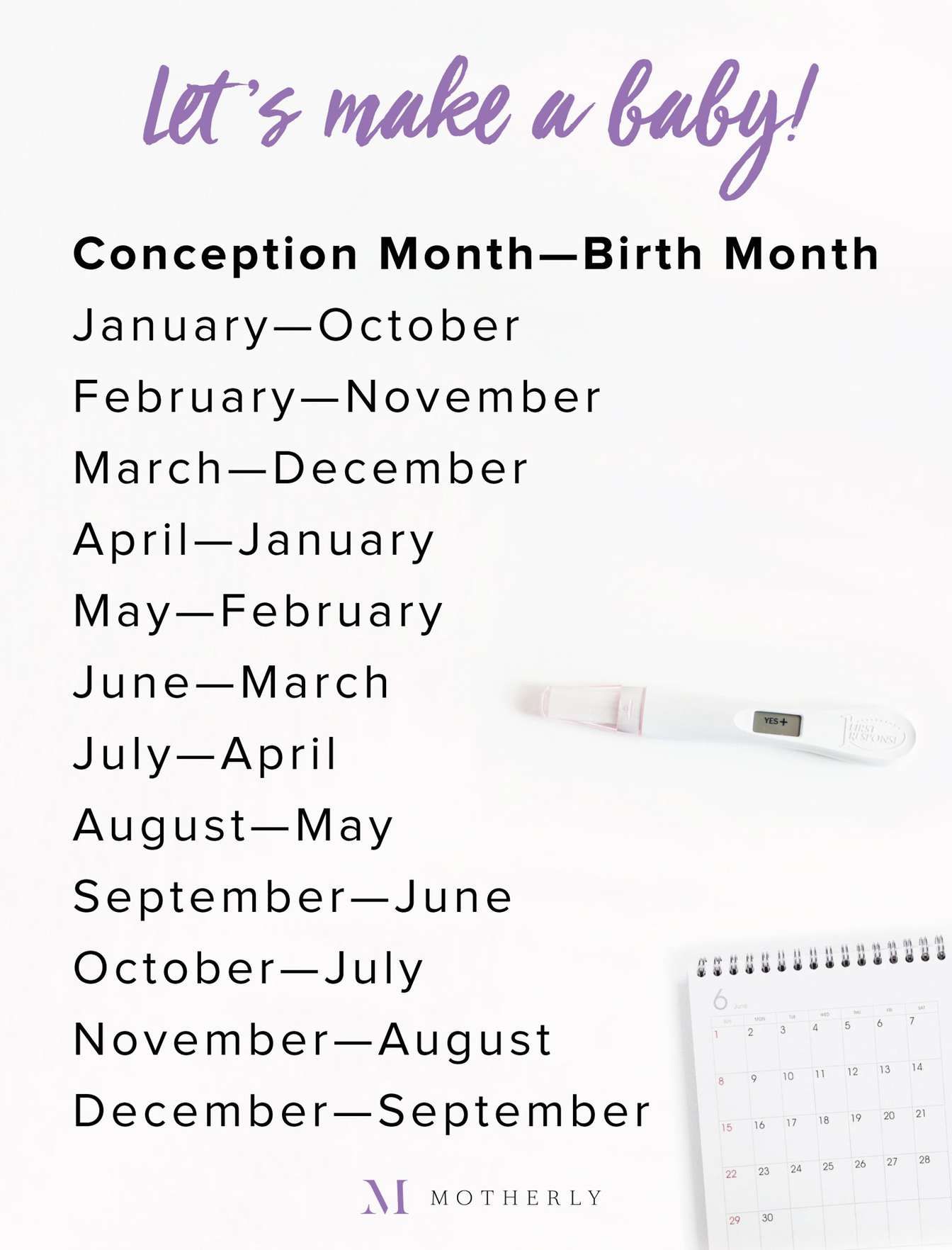
Baby Due Date Calculator: A Comprehensive Guide
Introduction
The anticipation of welcoming a new life into the world is an exhilarating experience. One of the most exciting milestones during pregnancy is determining the baby’s due date. A baby due date calculator is an invaluable tool that provides an estimated date when your little bundle of joy will arrive. This article delves into the intricacies of baby due date calculators, exploring their accuracy, limitations, and the factors that influence the calculation.
How Do Baby Due Date Calculators Work?
Baby due date calculators utilize the concept of gestational age, which refers to the duration of pregnancy from the first day of your last menstrual period (LMP) to the day of delivery. Most calculators employ the Nägele’s rule, a widely accepted formula developed by German obstetrician Franz Nägele in the 19th century.
Nägele’s Rule
Nägele’s rule calculates the estimated due date (EDD) as follows:
- Add 7 days to the first day of your LMP.
- Subtract 3 months from the resulting date.
- Add 1 year to the date.
For example, if your LMP was January 15, 2023, the calculation would be:
- January 15 + 7 days = January 22
- January 22 – 3 months = October 22
- October 22 + 1 year = October 22, 2023
Therefore, your estimated due date would be October 22, 2023.
Accuracy of Baby Due Date Calculators
It’s important to note that baby due date calculators provide an estimate, not an exact prediction. The accuracy of the calculation depends on several factors, including:
- Regularity of Menstrual Cycle: If your menstrual cycle is irregular, the LMP may not be an accurate starting point for the calculation.
- Implantation Date: The date of implantation, when the fertilized egg attaches to the uterine lining, can vary from woman to woman.
- Gestational Age: The average gestational age is 40 weeks, but it can range from 37 to 42 weeks.
Limitations of Baby Due Date Calculators
While baby due date calculators are a helpful tool, they have certain limitations:
- Not a Substitute for Medical Advice: The calculator’s estimate should not replace the advice of a healthcare professional.
- Early Pregnancy: The accuracy of the calculation decreases in early pregnancy due to the uncertainty of the LMP and implantation date.
- Multiple Pregnancies: The calculation may not be accurate for multiple pregnancies, such as twins or triplets.
Factors Influencing the Due Date
Several factors can influence the baby’s due date, including:
- Maternal Age: Older mothers tend to have shorter pregnancies.
- Parity: First-time mothers typically have longer pregnancies than subsequent pregnancies.
- Ethnicity: Studies have shown that certain ethnic groups may have slightly different average gestational ages.
- Medical Conditions: Certain medical conditions, such as diabetes or preeclampsia, can affect the due date.
Using a Baby Due Date Calculator
To use a baby due date calculator, simply enter the first day of your LMP. The calculator will then provide an estimated due date. Some calculators also allow you to adjust the gestational age or enter the date of conception, if known.
Conclusion
Baby due date calculators are a convenient and informative tool that can provide an estimate of when your baby will arrive. However, it’s crucial to remember that the calculation is not an exact prediction and should be used in conjunction with regular prenatal care. By understanding the accuracy, limitations, and factors that influence the due date, you can make informed decisions and prepare for the arrival of your little one.
